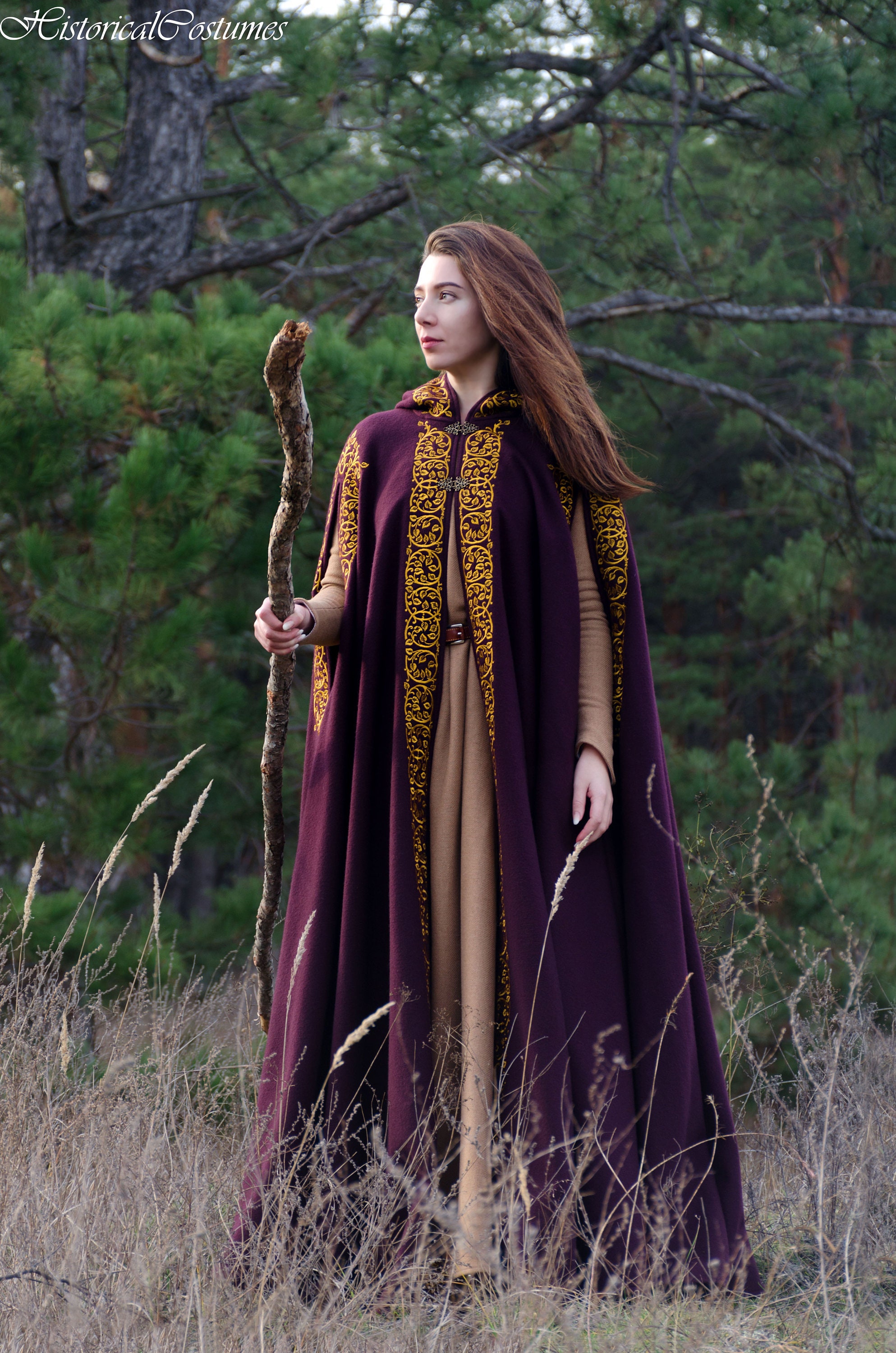
MEDIEVAL CLOAK HOW TO

Britannica Explains In these videos, Britannica explains a variety of topics and answers frequently asked questions.Britannica Classics Check out these retro videos from Encyclopedia Britannica’s archives.This is a Google Analytics Session cookie used to generate statistical data on how you use the website which is removed when you quit your browser. Used by Google Analytics to throttle request rate Registers a unique ID that is used to generate statistical data on how the visitor uses the website. Track the visitor across devices and marketing channels. It is used to send data to Google Analytics about the visitor's device and its behavior. Las cookies estadísticas ayudan a los propietarios de páginas web a comprender cómo interactúan los visitantes con las páginas web reuniendo y proporcionando información de forma anónima. Medieval Clothing produced and designed by Burgschneider - Frankfurt Menu Search Account. If you do not know which one to choose, do not hesitate to contact us. 1-48 of over 5,000 results for 'medieval cloak' RESULTS Price and other details may vary based on product size and color. We have all kinds of capes, with or without hoods, Templar, Viking, spring or winter. The cape is the perfect garment to keep warm at medieval fairs. They usually cover only the back part of the back (goat skin) or only the neck (fox skin). They are very warm and can be used in low temperatures. SyntheticĬovering very little can be used when temperatures are not very low. The layers can be made of different materials since they have to be warm at different times of the year: Wool Other world military bodies continue to use the cape today as a part of the gala suit, worn only on special occasions. In Spain, the Civil Guard corps wore the cape until the end of the 1980s and then it was permanently removed from the uniform. Others who wore capes with a cross were the musketeers, who wore a blue cape.Īfter the Renaissance, the cape began to lose importance and we find it again in the First World War, where soldiers wore a simple wool cape on the Nordic fronts. The Templar warriors wore a white cape with a cross, which kept them warm on long journeys on horseback. Thieves also used hooded capes in night robberies to hide their own identity and cover their faces. Besides the tabards, medieval knights wore riding cloaks fastened on the shoulder, leaving the right hand free. Most of the time they were closed with some clasps at the neck or simply by tying the two ties with a knot. The nobility wore warm and highly decorated capes, sometimes with embroidery, while the peasants wore capes of dark colors and poor materials. The cape was a garment widely used in medieval times as it helped to keep warm and protect from wind and rain. In ancient Rome, the cape without a hood was used by Roman soldiers, especially in the Nordic wars, where temperatures were very low. The noble classes such as doctors, actors, and teachers wore colored cloaks.

One of the first to wear the cape were the Romans. It is a way to show their high social status.

If you are trying to approximate a look from about 1200 onward, self buttons or metal buttons would be appropriate. Self fabric buttons were quite prevalent in the medieval period by 1300 and only increased in popularity from there. The cape is worn over the shoulders, closed at the neck with ties or a brooch, and is usually warm to the ankles or knees. A cloak is one of the most versatile items of clothing for the early medieval reenactors. Further, you can make your own buttons out of the fabric you use for the cloak. The cape is a warm garment that serves to keep warm when temperatures drop and can also serve to hide a person's identity, with the help of the hood.


 0 kommentar(er)
0 kommentar(er)
